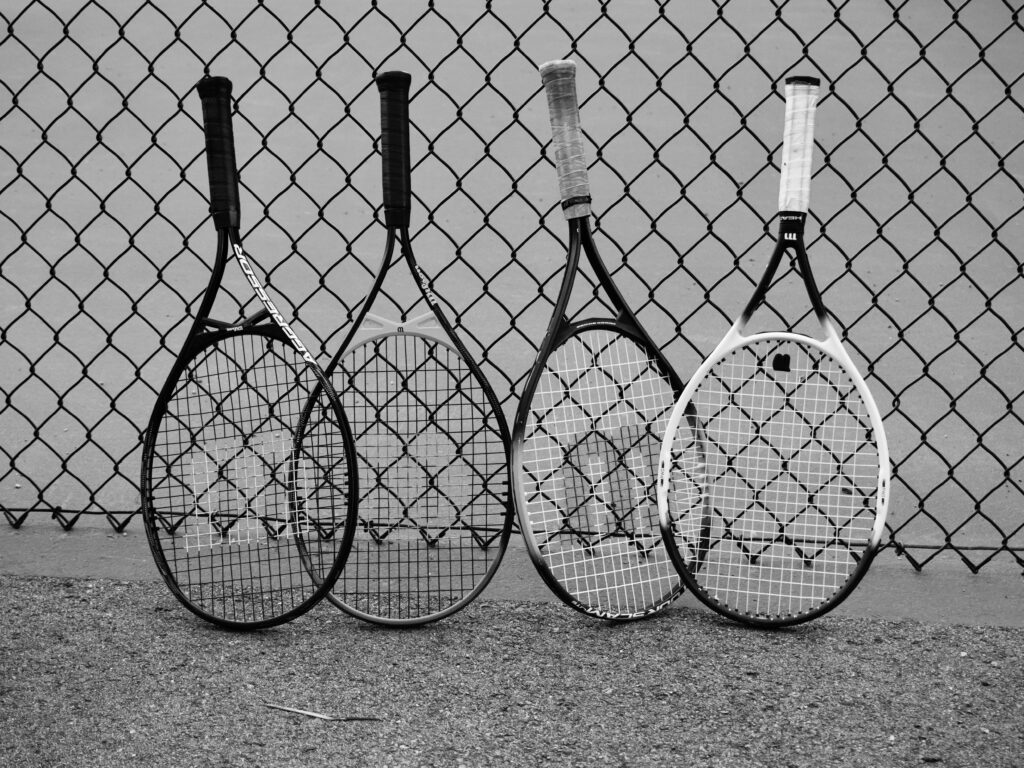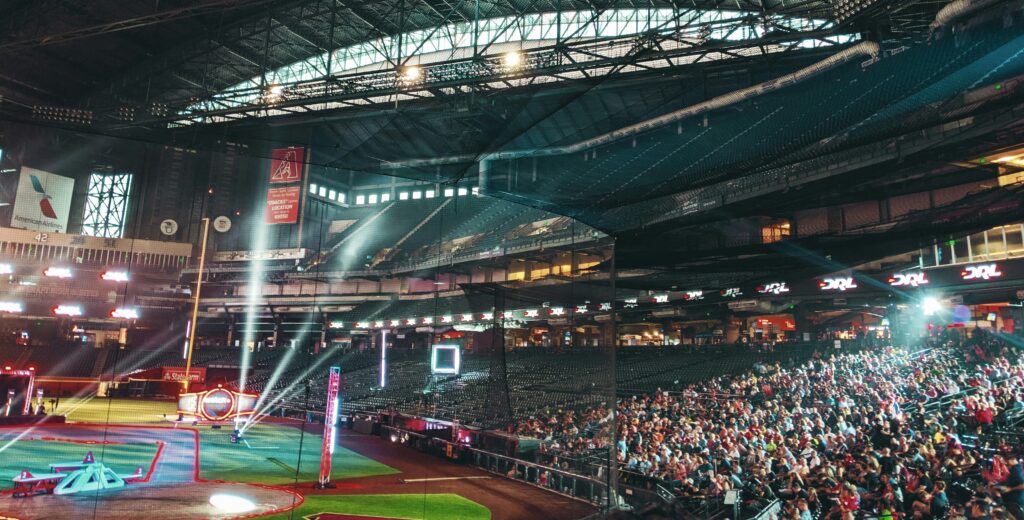Introduction: Why Equipment Matters
Before there were stadiums or spectators, there were tools—sticks, stones, animal hides—used not to entertain, but to survive. Over time, those same tools crept into games, rituals, and competitions. We played with what we had. And as the games got more serious, so did the gear.
The earliest sports equipment was born out of necessity. A ball was just a bundle of cloth or leather. A helmet was whatever saved your skull. Nothing fancy, just function. But even then, the gear started to shape the way people played. The weight of a javelin, the curve of a stick, or the grip of a shoe all influenced how fast, how far, or how fierce a game could go.
Eventually, sport outgrew survival. Competition got organized. Rules were written. And with that came a new pressure on equipment to not only keep up but to keep pushing: to go faster, hit harder, last longer. Innovation never came out of thin air—it followed need. As athletes pushed limits, the gear evolved to keep the pace. Performance drove invention, and invention redefined performance.
Understanding that relationship—the one between athlete and equipment—is where this story starts. Because to see where sports are going, you have to look at what’s in their hands, on their feet, and behind the scenes.
Ancient Foundations
Before sports had stadiums and sponsors, they had sticks, stones, and whatever people could get their hands on. In ancient Greece, athletes wrapped leather thongs around their hands for protection in boxing. Wrestlers trained naked, but when grip mattered, they used oiled dust (yes, really) to get the right traction. It wasn’t glam—just practical.
Meanwhile, in ancient China, early versions of cuju (a soccer-like game) saw players kicking stitched leather balls stuffed with animal hair. Goals were sometimes just bamboo rods lashed together. Gear followed function: simple, rugged, effective. In Mesoamerica, rubber balls used in the Mesoamerican ballgame tell a different story—these weren’t just toys. The gear was sacred and built to last through intense ritual play, often on stone courts.
Craftsmanship was all about survival and longevity. Wood, animal hides, and stone weren’t chosen because they were flashy. They were chosen because they endured. No padding. No fuss. Just gear that took a beating and kept going. That mindset—durability first—set the tone for how sports tools would evolve centuries later.
The Industrial Shift: 19th & Early 20th Century
The industrial era wasn’t just factories and railroads—it reshaped how sports were played. Before this point, gear was handcrafted, inconsistent, and highly local. But the rise of mass production brought standardization. Balls bounced the same way, bats weighed the same, and rules started making more sense. Whether you were playing in Boston or Berlin, the playing field started to level out—literally and figuratively.
Rubber, steel, and early composites entered the mix, making equipment tougher and more reliable. Wooden rackets gave way to something sturdier. Uniformity in gear meant players could actually compare skills, not just cope with whatever their local artisan made.
Organized sports leagues emerged around the same time, and with them came a need for consistency. Regulations on what counted as legal equipment became a thing. That’s when protective gear started getting real attention—helmets, gloves, and padded gear began to show up, not just for pro athletes, but across the board. Safety and standardization weren’t just trends—they became part of the rulebook.
This period laid the groundwork: gear stopped being improvised and started being engineered.
The Tech Revolution: Late 20th Century
Something quietly radical happened in the late 20th century: sports equipment stopped just protecting athletes—it started enhancing them. Gone were the days of heavy leather and stiff padding. In their place came synthetic materials, purpose-built to be lighter, stronger, and smarter. Carbon fiber showed up in everything from bikes to hockey sticks. Memory foam reshaped how helmets and insoles absorb impact. Smart fabrics arrived, designed to breathe, regulate heat, and flex with muscle movement.
Athletes stopped adapting to their gear. Instead, gear began adapting to them. Customization became the norm, not the exception. Gear was now molded, measured, and tweaked for personal fit—from grip texture to weight imbalance to aerodynamic drag. Performance wasn’t just about skill anymore; it was about using equipment as a tool to extract every possible advantage.
This shift didn’t just boost top-tier players. It trickled all the way down. Today’s weekend warriors run, swing, and climb with tech once reserved for Olympians. The revolution may have started decades ago, but its impact is everywhere—and still gaining speed.
The Data Age: Innovation Meets Analytics
Today’s sports equipment isn’t just built to perform—it’s built to tell a story. GPS trackers, heart rate monitors, smart insoles, and wearable sleeves now stream real-time data straight from the athlete to the coach, the analyst, and sometimes even the fan. Every sprint, swing, jump, or stumble is measured. And those measurements don’t sit in a spreadsheet—they drive action.
In this era, equipment is no longer passive. It listens. It responds. A cleat isn’t just there to grip the turf; it tells you how much ground you covered and when your speed dropped. A smart basketball tracks arc and rotation. Compression wear can monitor muscle fatigue. Insight, not just support, is what gear brings to the table now.
This feedback loop between athlete and tech also reshapes design. When you know exactly how players use—and abuse—gear in real environments, you build smarter, faster. Brands tweak padding placement based on impact data. Shoe soles get restructured based on stride analyses. Even helmets adapt based on real head-trauma metrics.
It’s not just evolution—it’s iteration, at speed. The game changes because the gear talks back. And the more we listen to what it says, the sharper every move becomes.
(For more on how numbers influence performance, check out The Role of Analytics in Modern Sports.)
Today’s Landscape and What’s Next
Sports equipment is no longer just about performance—it’s a reflection of values, tech, and personalization. Sustainability is finally getting its spotlight. Brands are moving toward biodegradable materials, closed-loop manufacturing, and ethically sourced inputs. Think bamboo soccer cleats, recycled polyester jerseys, and packaging that actually decomposes. Fans expect better, and the industry is listening.
Personalization is also scaling fast. With AI-powered fitting systems and 3D printing, athletes—pro and amateur—can get gear tailored to their exact biometrics. Running shoes molded to your step pattern. Hockey pads that match your range of motion. This isn’t luxury anymore. It’s becoming the baseline.
And we’re just scratching the surface. The next leap? Smart gear that doesn’t just respond to injury, but prevents it. Think wearables built directly into equipment—helmets that sense impact risk, or compression sleeves that detect muscle fatigue before a strain happens. The line between tech and tool is blurring. What used to take a trainer or a scan is now being built into the gear itself.
Progress isn’t just faster—it’s smarter, more ethical, and personal. The future of sports may be unpredictable, but the gear is getting ready for whatever comes.
Conclusion: Past Fuels the Future
Beyond Accessories: Gear as an Extension
Sports equipment has evolved far beyond simple tools or protective add-ons. Today, gear is deeply integrated into how athletes perform, train, and recover. From high-school players to elite professionals, the right equipment can amplify natural ability and reduce the risk of injury. It’s no longer just about having gear—it’s about having the right gear.
- Equipment affects form, speed, agility, and endurance
- For elite athletes, customization can be the difference between winning and losing
- Psychological boost: gear that fits well often builds confidence and focus
Learning from the Past to Predict the Future
Understanding the evolution of sports equipment isn’t about nostalgia—it’s about forecasting. Looking at how innovation has historically followed performance needs, player safety, and material science sheds light on where gear is heading next.
- Past materials like wood and leather were replaced by composites and synthetics
- Shifts in societal values—such as safety and sustainability—drive new gear design
- Performance data is now influencing equipment evolution at real-time speeds
The Game-Changer for Every Player
Whether you’re a weekend warrior or on a competitive track, the evolution of gear is reshaping your experience.
- Gear is more accessible, adaptable, and personalized than ever
- Injury prevention, comfort, and performance enhancements are no longer luxuries—they’re expectations
- As the line blurs between athlete and technology, the future of sports may be defined by how intelligently we equip those who play
Sports equipment is no longer a side story in athletic performance; it’s a leading role. And as innovation steers forward, the evolution of gear remains tightly woven into the story of sport itself.




